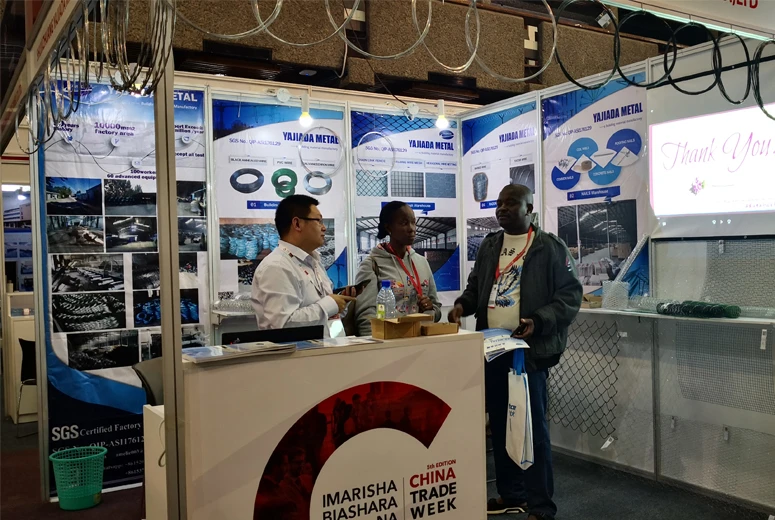Perforated Steel Plate A Versatile Material for Modern Applications
Perforated steel plates have become increasingly popular in various industries due to their unique combination of strength, durability, and aesthetic appeal. These plates are sheets of steel that have been punched with a series of holes, resulting in a lightweight yet resilient material. The versatility of perforated steel plates makes them suitable for a wide range of applications, from architectural designs to industrial manufacturing.
One of the primary advantages of perforated steel plates is their ability to reduce weight without compromising strength. The holes in the material allow for significant weight savings, which is particularly beneficial in applications where the load needs to be minimized. This property has made perforated steel plates a favorite in the construction industry, particularly for facades, railings, and flooring. The reduced weight also allows for easier handling and installation, making them a cost-effective choice for builders and contractors.
In terms of aesthetics, perforated steel plates can enhance the visual appeal of any project. They can be designed with various hole patterns, sizes, and configurations, allowing architects and designers to create unique and eye-catching designs. The play of light and shadow created by the perforations can transform mundane structures into impressive features. For instance, these plates are often used in modern building facades, where they can serve both functional and decorative purposes.
perforated steel plate

Additionally, perforated steel plates offer practical benefits in terms of ventilation and sound absorption. The holes provide excellent airflow, making them ideal for applications such as acoustic panels, grilles, and decorative privacy screens. In industrial settings, they can help to ventilate equipment or machinery, preventing overheating and prolonging equipment life. The noise-reducing qualities of these plates are valuable in environments where sound control is necessary, such as theaters, recording studios, and open-concept offices.
Moreover, perforated steel plates are highly customizable, which allows for the production of tailored solutions that meet specific requirements. They can be manufactured in a variety of thicknesses and can be treated with various coatings for corrosion resistance, ensuring longevity even in harsh environments. This customization extends to the hole patterns, which can be engineered to meet aesthetic and functional demands.
Sustainability is another important consideration in today’s industrial landscape. Perforated steel plates can be made from recycled materials, and their durability means that they have a long service life, reducing the need for replacements. At the end of their lifecycle, these materials can often be recycled again, contributing to a more sustainable approach to construction and manufacturing.
In conclusion, perforated steel plates stand out as a versatile and innovative material that offers numerous benefits across various sectors. Their combination of functionality, aesthetic appeal, and sustainability makes them an excellent choice for both modern architecture and industrial applications. As technology evolves, it is likely that the applications for perforated steel plates will continue to expand, solidifying their role in contemporary design and manufacturing.

















